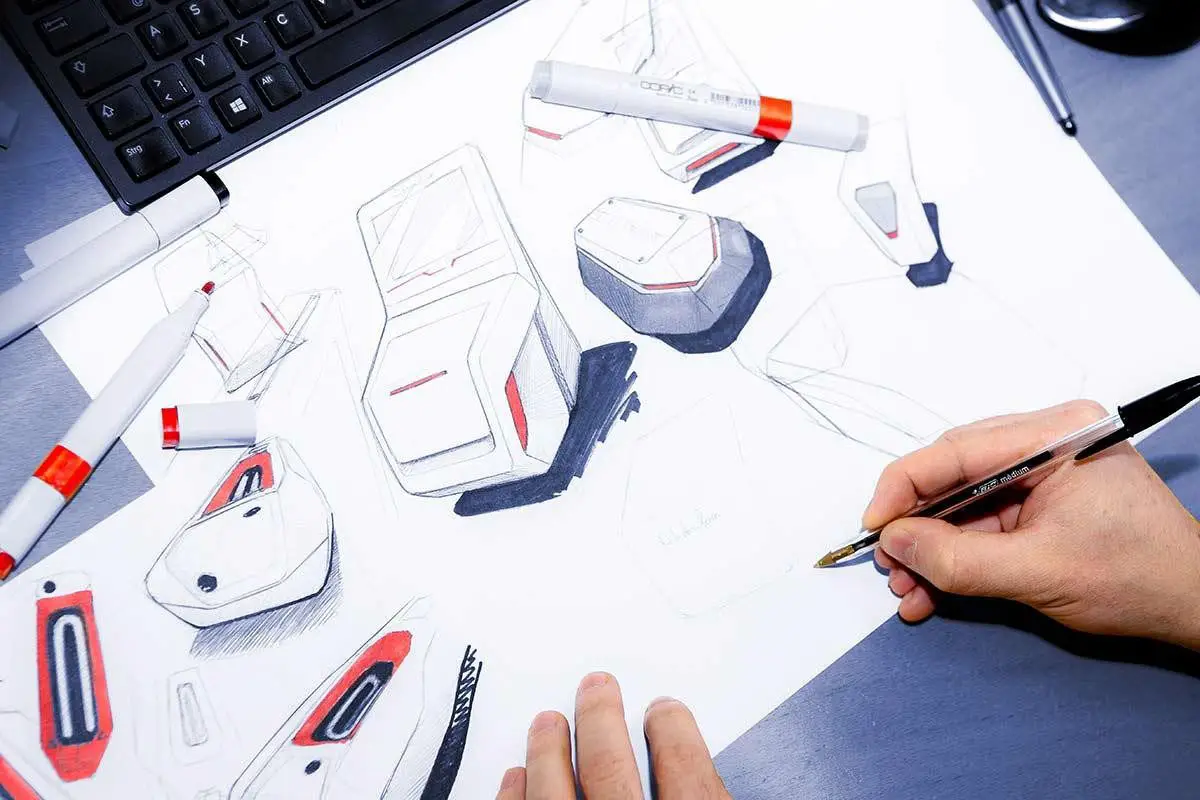
This is the true digital age, where most of our interactions with products, as well as conversions, take place online. Now physical goods have evolved into something different, more special, and modern.
But what is it that attracts our attention when buying on the Internet? That’s right, it’s all about product design. Today we gonna talk about this topic extensively.

What is product design?
Product design includes several key attributes: it includes human interaction, it must take into account multiple users, and it exists in a competitive environment where users have choices. It also involves some degree of mass production or distribution and requires consideration of trade-offs between products, cost, features, and performance. To develop that same design, we need the help of specialists, namely a digital product design company.
What do product designers do?
Essentially, a “product” is anything (mobile app, new digital feature, tangible item, etc.) that solves a customer’s “problem” and moves a business forward in its market. And, of course, product designers are the people who conceptualize and create these things. Products can be durable, like household appliances, or consumables, like candy. They can be tangible, physical, or intangible elements such as an application or service. They cover the commercial and consumer markets.
Product Design Best Practices
Because product design spans a wide range of industries, platforms, and business needs, it can be difficult to know how to do a successful product design job from start to finish.
1. Define the product rationale and realities
Before you start developing a new product, take the time to understand what your product should look like in terms of logistics. What will it fix for users? How are you going to create it? What features do you need? How much money do you need for developing? Finally, there is “feasibility”, which means an assessment of what is needed for business success, such as market size and prices.
Of course, each of these product design pillars is interrelated, and balancing all of these considerations is critical to success. For example, a personal jetpack may be technically feasible and desirable for end users, but if they are willing to pay only $200 for it and it costs $500 to make, it will fail.
2. Know your customer
It is also important that brands develop close relationships with the consumers who will be using the product. This will help them understand what features consumers want and better understand the market, allowing them to create really useful and quickly successful products.
Also, as we mentioned earlier, product design always involves trade-offs. Brands need specific processes to navigate them effectively because elements such as risk, price, features, features, time to market, and other elements need to be strategically balanced for a successful product development project.
3. Carefully study your brand, mission, and marketplace
Before embarking on a product design project, it is important to truly understand the role, power, and value of your brand. Does the product you are considering fit your brand and your customer base?
The more analysis you do, the better conditions will be for you to enter the market and understand the situation as a whole.
Thanks to these simple tips, you can get a cool product design that will constantly delight consumers and bring you conversions and good income. If you want to get a more professional approach, then you should hire backend developer.
